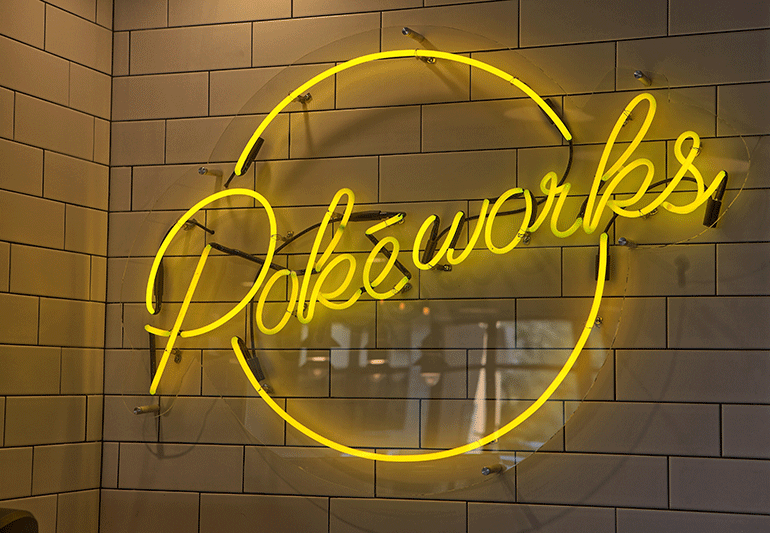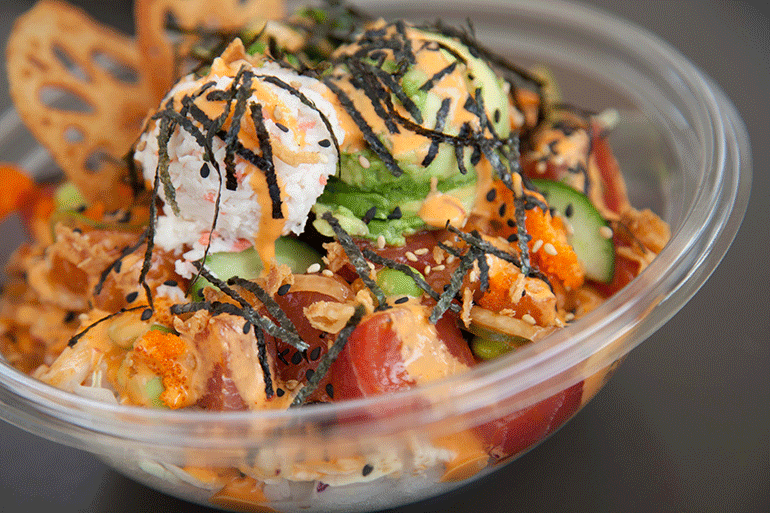If restaurant industry traffic turns positive again anytime soon, restaurants will likely have Generation Z to thank, according to research from The NPD Group.
Gen Z is tech-savvy and socially conscious — and loves to dine out. In fact, these consumers, born from 1995 to 2012, made 11 billion restaurant visits to restaurants in the year ended July 2019, and now represents 24 percent of total foodservice traffic. They are also the strongest users of fast-casual restaurants.
“Gen Z represents a lot of hope for the restaurant industry,” said David Portalatin, vice president food industry analyst for Port Washington, N.Y.-based NPD. “They are more important to the foodservice industry than other users. [They] are using restaurants at a rate that previous generations did not.”
As Gen Z consumers emerge into adulthood — the oldest of them will turn 23 this year — they are on track to becoming a more prominent influence on foodservice than older generations, according to NPD. Millennials, meanwhile, are continuing to pull back on restaurant visits. Baby boomers, too, are using restaurants less, and that trend is expected to continue as the demographic ages and gradually represents a smaller share of the population.
Food is a big part of Gen Z consumers’ social lives, NPD found: They talk about, celebrate and entertain with food. They value food not only for how it tastes — preferring diverse, bold flavors — but also the functionality it serves and the nutrition it can deliver. As with Millennials, this is a group that demands “authenticity.” However, Gen Z has broadened that term to include not only “clean” and “fresh” food, but also honesty of the brand experience, NPD research shows.
Operators interested in promoting authenticity to this group should be prepared to back up their claims, Portalatin said.
“This is group that has so much information in the palm of their hand that they’ve developed a keen sensor for B.S.,” he said. “They are skeptical, pragmatic — a little more, ‘Prove it to me’.”
The smartphone is the preferred mode through which Gen Z engages. Regular users of restaurant apps and delivery, they are a driving force behind digital ordering, NPD found. In the year ending July 2019, carryout orders placed by text, mobile or Internet increased by 35 percent and digital orders for delivery rose by 22 percent.
And not surprisingly, social media strategy is a key channel through which brands are engaging these hyper-connected fans.
Raised in the on-demand world, Gen Z’s idea of where to work, when and where to eat and what constitutes a meal is very different, much more fluid, than previous generations, NPD found. Menus that offer the ability to control portion and price point are key, according to Portalatin.
“That’s how you create flexibility,” he said.

With more Gen Z consumers entering into young adulthood and making their own purchasing decisions, some operators are making moves to target them. Executives at Irvine, Calif.-based Pokeworks, a fast-casual Hawaiian-concept, and New Jersey-based Ani Ramen House, an upstart Ramen and Japanese Izakaya concept, share some of the ways their brands are appealing to this young, hungry and digital-savvy generation.
Ani Ramen House: An ‘Instagrammer’s heaven’
Whether it's hip, on-premise Japanese Anime decor, “photo-ready” dishes, or giving away a Chef’s Tasting Dinner to customers who purchase a limited-edition pair of Nikes designed by an Ani Ramen partner and mural artist, Ani Ramen House is going after Gen Z in a big way.
“The appeal for Gen Z is how approachable and easy-going it is. It's not an intimidating place, it's a fun hangout spot,” said Lynn Hazan, social media manager for the four-unit Ramen and Japanese Izakaya small plates concept.
Ani Ramen spaces as an “Instagrammer’s heaven,” Hazan said, thanks to features such as Anime murals created by partner Rich Tu, food that’s made to be photogenic, and notebooks given at the end of the meal for customers to write pithy messages.
The Ani Ramen team credits its success to the concept’s fast, casual and affordable menu of bold and ethnic dishes, such as Japanese-meets-American items like double-fried, sake-and-soy-glazed wings; signature pork broth ramen; pork belly buns, house-made kimchi and pickled market vegetables.
“The food is just really, really good and consistent and you get your money's worth, which appeals to the Gen Z consumer,” Hazan said.
The brand’s social media strategy, which includes giveaways (like those custom Nikes) and a variety of contests, has been the major driver of increased engagement and generating “buzz.”
“The Ani Ramen [social] pages have become a community of people all excited about the content and the brand,” Hazan said. “Everyone is very engaged with the brand.”
Pokéworks: Sustainable, seasonal and customizable
Pokéworks, a four-year-old fast-casual chain, plays to the Gen Z customer with flexible, build-your-own menu of Hawaiian-inspired poke burritos, bowls and salads made from sustainable, seasonal ingredients.

“Generation Z is digital-savvy and socially conscious,” said Michael Wu, Pokeworks CEO and co-founder. “They are info-hungry and crave for brands to be inclusive, proactive, and transparent.”
To meet Gen Z’s core values of authenticity, individuality and fluidity, Pokeworks offers a menu of build-your-own poke bowls, which Wu describes as not exactly falling under “traditional categories of breakfast, lunch, or dinner.”
Pokéworks considers its adept use of social media as another key advantage.
“We’re constantly engaging with our customers online and update our social platforms daily,” said Wu. “If not showcasing our poke bowls and food, we’re communicating with the customer about what happens with Pokéworks behind the scenes.”
The approach appears to be working, as the chain reports that 18 percent its Instagram followers identify as Gen Z.

